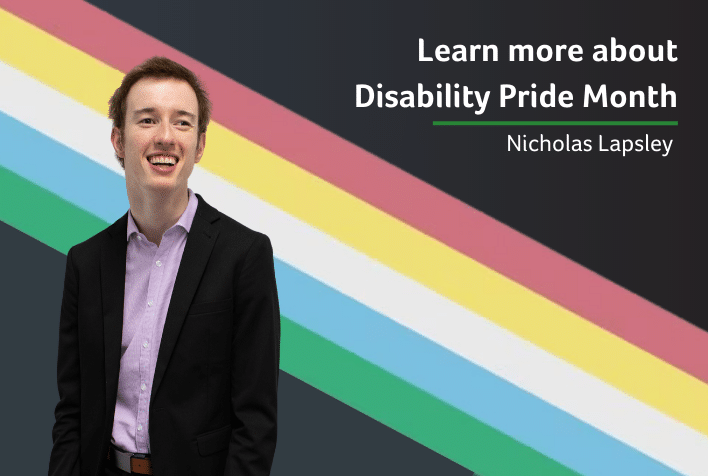
What is Disability Pride Month?
Disability Pride Month happens every year in July to promote awareness about people with disability. It is a month to also celebrate the individual disability’s identity and be proud of it.
This event was created to celebrate the passing of the ‘Americans with Disabilities Act’ in July 1990 in the USA. It made discrimination against people with a disability illegal in the USA.
The Disability Pride Month has its own flag, with its own meaning behind it. The five-flag colour represents:
Green – Invisible and undiagnosed disabilities
Blue – Mental illness
White – Sensory disabilities
Yellow – Neurodiversity and development disabilities
Red – Physical disabilities
The diagonal line represents the cutting though the barriers people with disabilities face. This is to contrast the straight line from keeping the disability community isolated. The black background which represents the people with disabilities who have died due to ableism, violence, negligence, suicide, illness, and any other reason.

What about the other gold, silver, and bronze flag disability flag?
This meant to represent the disability community across the year, but I feel this does not represent the whole community. The reason is that these colours are heavily related to sport and not everyone with a disability what to do a sport. This is one of biggest stereotype and assumption we have in society.
How can you play your part in advocating for people with disabilities?
Happy disability pride month!
Bio
Nicholas Lapsley is a 22-year-old aspiring entrepreneur and disability advocate. He works for Cerebral Palsy Alliance’s Marketing & Communications team and is an active member of CPActive, where he campaigns for equality for people with cerebral palsy and other disabilities.